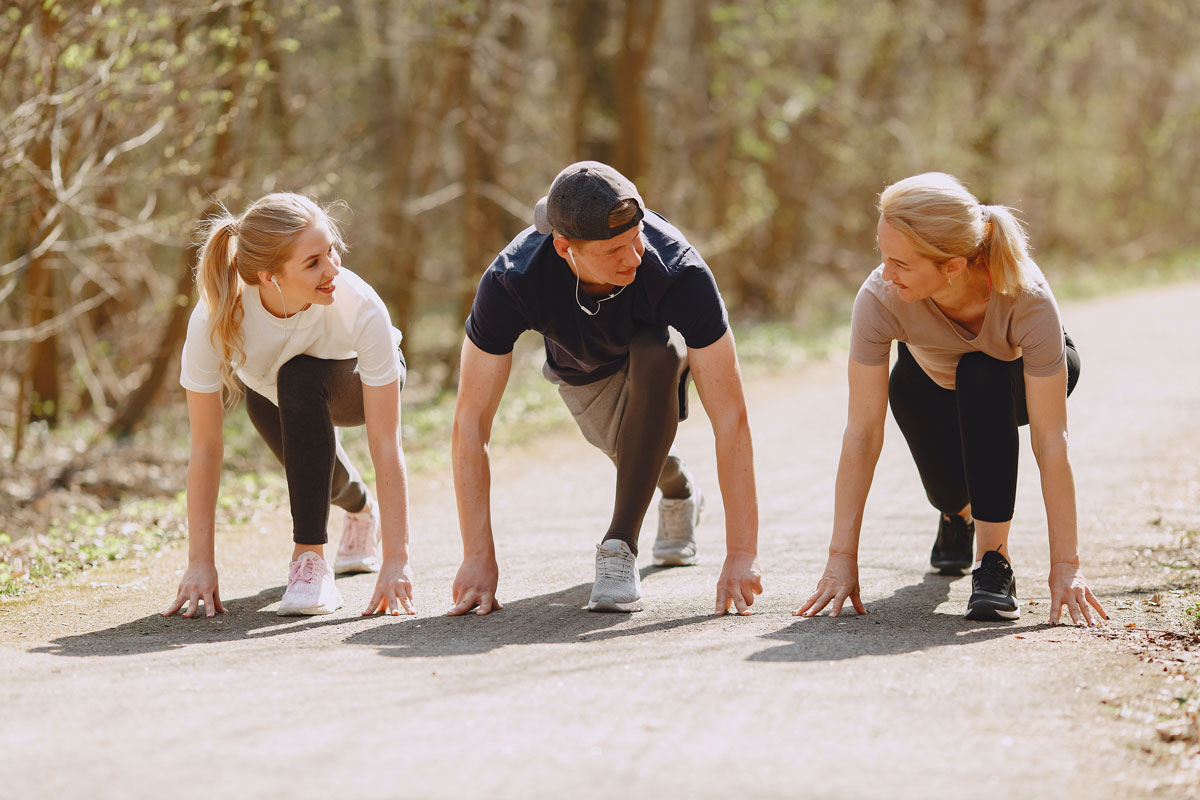Can We Exercise When We Are an Adolescent and Young Adult Cancer Survivor?

By: Maxime Caru, Ph.D
Everyone should be physically active, even if you have or had cancer.
Exercising is part of your life, and everyone should be physically active. Adolescents and young adults (AYA) who survived their cancer may experience side effects from their treatments and/or cancer, which can start as soon as a few weeks or months after your diagnosis. Most of those side effects can continue during your survivorship, affecting your quality of life and physical function, which also has the consequence of limiting your ability to achieve professional and personal goals. Exercise is a powerful therapy to help you get stronger and counteract several side effects for a better life experience. Let’s talk about it!
Why should you avoid inactivity by engaging in regular physical activity?
Sedentary lifestyles are not the magic recipe for staying healthy. The World Health Organization reports that being inactive increases all causes of mortality, increases risks of cancer, doubles the risk of cardiovascular diseases and increases depression and anxiety. All of these risks can decrease your quality of life, physical function and chance to thrive.
Similar to the general population, AYA cancer survivors often do not meet physical activity recommendations. This can be explained by the fact that cancer and treatments increase fatigue, lack of energy and pain, to only cite a few of many barriers. Not knowing that exercise is safe and effective might also be a reason why you do not want to exercise.
We are aware that you may feel that you do not lead the same life as your loved ones, families, friends or colleagues. And we would like to give you extra support to make a big difference. Exercise is key to your success, and exercise experts (such as exercise physiologists with cancer training or certified cancer exercise trainers) are here to help you be more active.
Exercise is safe and effective, you said?
For substantial health benefits, physical activity guidelines for Americans recommend that adolescents should engage in 60 minutes or more of moderate-to-vigorous intensity aerobic exercise per day. As part of their 60 minutes, adolescents should include muscle-strengthening and bone-strengthening exercises. For young adults, the physical activity guidelines for Americans recommend engaging between 150 and 300 minutes of moderate-to-vigorous intensity aerobic exercise per week, 75 to 150 minutes of vigorous intensity exercise per week or an equivalent combination of moderate- and vigorous-intensity aerobic exercise. Y young adults should include muscle-strengthening and bone-strengthening exercises as part of this routine.
The exercise guidelines supported by the American College of Sports Medicine and the World Health Organization for cancer survivors are in line with the physical activity guidelines for all Americans.
Exercising benefit your physical and psychological health, musculoskeletal function and cardiac function. These benefits have long-term effects as long as you continue to exercise over time. You are a unique survivor and experts with training in exercise and cancer are here to help you be more active.
Resources for being active as an AYA cancer survivors:
- Physical Activity Guidelines for Americans 2nd edition
- Highlighting the adolescent and young adult cancer population
- The ONE Group (Oncology – Nutrition – Exercise)
- The ONE Group blog
- Email: ONEGroup@phs.psu.edu
If you're having trouble accessing this content, or would like it in another format, please email the Penn State College of Medicine web department.
